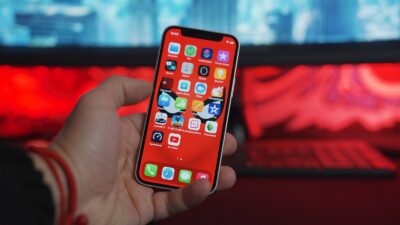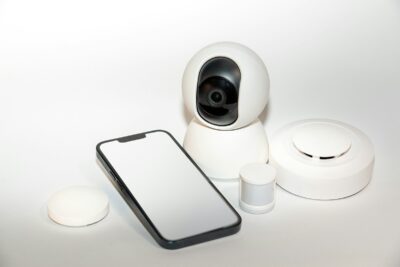The Rise of Edge Computing in Healthcare: Transforming Patient Care through Connected Devices
Edge Computing: Revolutionizing Connected Healthcare Devices
The healthcare industry is undergoing a digital transformation, with connected healthcare devices playing a pivotal role in patient care, remote monitoring, and diagnostics. Edge computing, the practice of processing data closer to the source rather than relying solely on the cloud, is significantly enhancing the capabilities of these devices, paving the way for a new era in healthcare delivery.
The Power of Edge Computing in Healthcare
Edge computing addresses the unique challenges of connected healthcare devices, such as real-time data processing, low latency, and data privacy. By bringing computational power closer to the point of care, edge computing enables faster decision-making, reduces bandwidth usage, and ensures the security of sensitive patient information.
Real-Time Data Processing for Immediate Insights
In the healthcare domain, time is of the essence. Edge computing allows for the real-time processing of data from connected healthcare devices, enabling healthcare professionals to gain immediate insights into patient conditions. This rapid analysis can be crucial in emergency situations, where timely interventions can save lives.
Low Latency for Improved Telemedicine
Telemedicine is revolutionizing healthcare by enabling remote consultations and monitoring. Edge computing significantly reduces latency, the delay in data transmission, making telemedicine interactions smoother and more responsive. This enhances the quality of care for patients in remote or underserved areas.
Enhanced Data Privacy and Security
Protecting patient data is paramount in the healthcare industry. Edge computing ensures that sensitive information remains within the local network, minimizing the risk of data breaches and unauthorized access. This localized approach to data processing enhances patient privacy and builds trust between healthcare providers and patients.
Applications of Edge Computing in Connected Healthcare
The applications of edge computing in connected healthcare are vast and varied, spanning the entire spectrum of care delivery:
Remote Patient Monitoring (RPM)
Edge computing empowers RPM devices to collect and analyze patient data in real-time. This enables continuous monitoring of vital signs, early detection of anomalies, and timely interventions, ultimately improving patient outcomes.
Wearable Medical Devices
Wearable devices such as smartwatches and fitness trackers generate a wealth of data about a patient’s health. Edge computing processes this data locally, providing users with personalized insights and enabling them to take proactive measures for their well-being.
Diagnostic Imaging
Edge computing can accelerate the analysis of medical images, such as X-rays and CT scans. By processing images closer to the source, radiologists can receive faster results, leading to quicker diagnoses and treatment decisions.
Surgical Robotics
In the operating room, edge computing can enhance the capabilities of surgical robots. By processing data locally, robots can respond to surgeon commands with minimal latency, improving precision and reducing the risk of complications.
Drug Delivery Systems
Smart drug delivery systems can leverage edge computing to optimize medication dosages based on real-time patient data. This personalized approach to drug delivery enhances the effectiveness of treatments and minimizes side effects.
Overcoming Challenges and Looking Ahead
While the potential of edge computing in connected healthcare is immense, there are challenges to overcome. Ensuring interoperability between devices from different manufacturers and maintaining robust cybersecurity measures are crucial for the widespread adoption of edge computing in healthcare.
Looking ahead, we can expect edge computing to play an even more significant role in the healthcare landscape. As technology advances, we will witness the emergence of more sophisticated connected devices capable of performing complex tasks at the edge. These devices will empower healthcare professionals to deliver personalized, efficient, and accessible care, ultimately transforming the patient experience.
The Future of Healthcare is at the Edge
The convergence of edge computing and connected healthcare devices is ushering in a new era of possibilities. With its ability to enhance real-time data processing, reduce latency, and ensure data privacy, edge computing is poised to revolutionize the way we deliver healthcare. As we embrace this transformative technology, we can look forward to a future where healthcare is more accessible, efficient, and patient-centric.
Edge Computing as a Catalyst for Innovation
Edge computing is not merely a technological advancement; it is a catalyst for innovation in the healthcare industry. By empowering connected devices with greater intelligence and autonomy, edge computing opens up new avenues for research, development, and personalized care.
Collaboration is Key
The successful integration of edge computing in connected healthcare requires collaboration between healthcare providers, technology companies, and regulatory bodies. By working together, we can harness the full potential of edge computing to create a healthcare ecosystem that is both innovative and secure.
#edgecomputing #connectedhealth #healthcaretechnology #medicaldevices #telemedicine #patientcare #dataprivacy #digitalhealth























